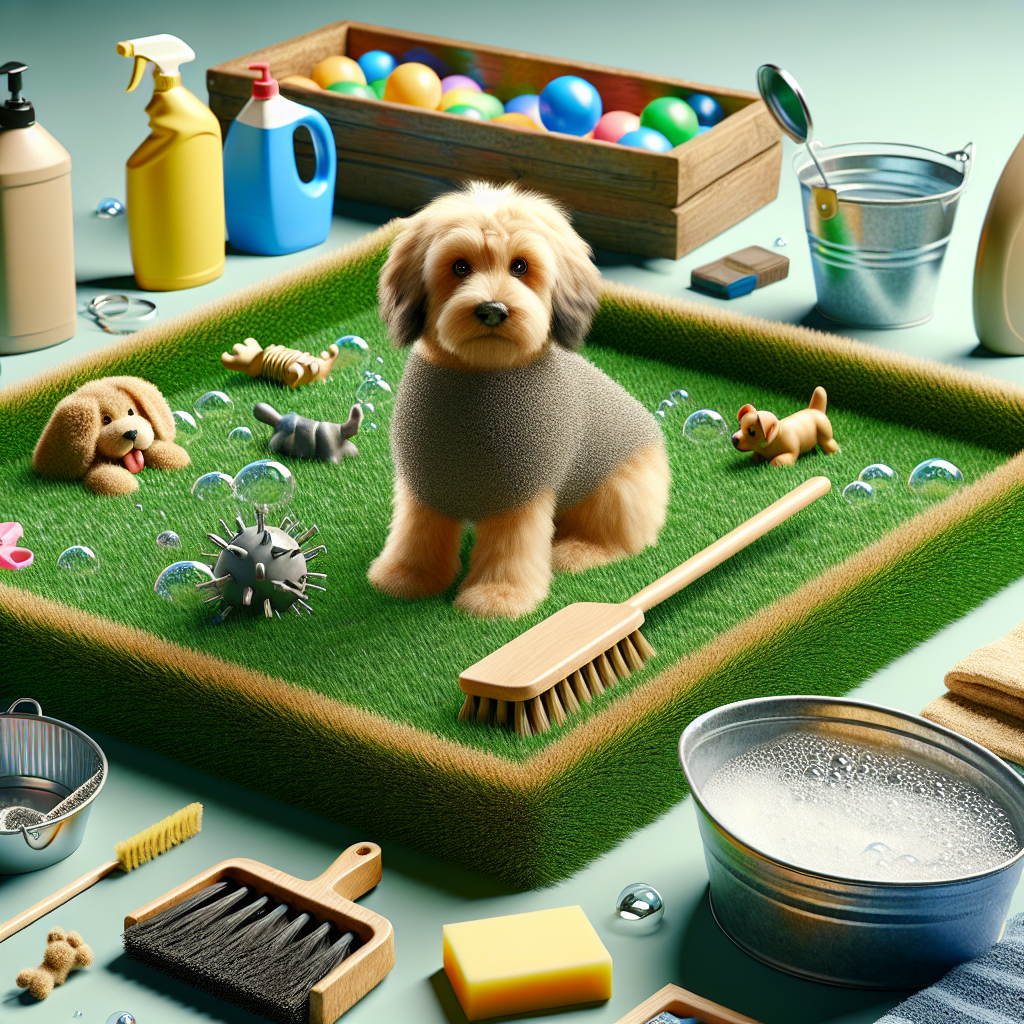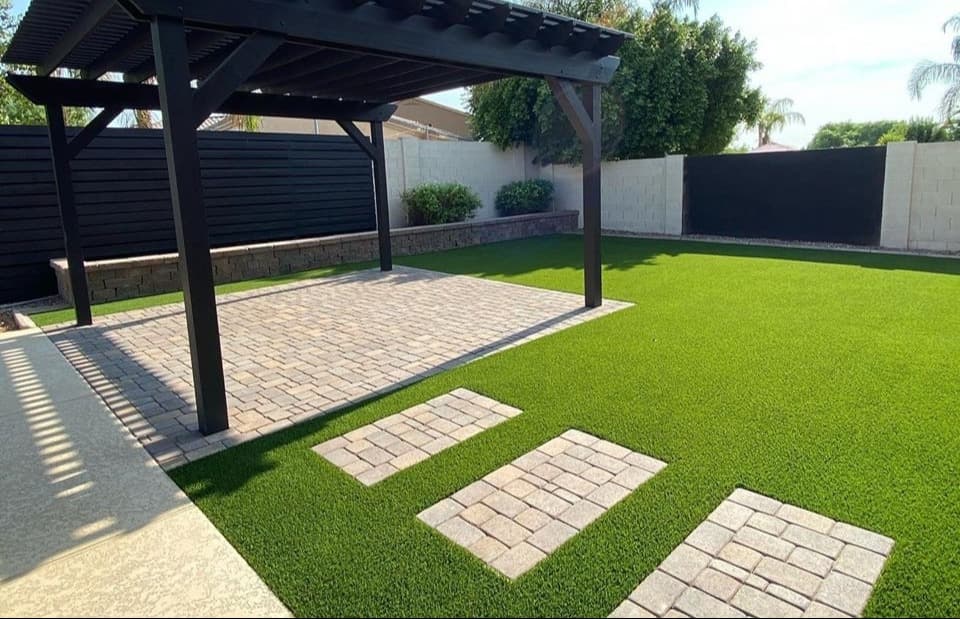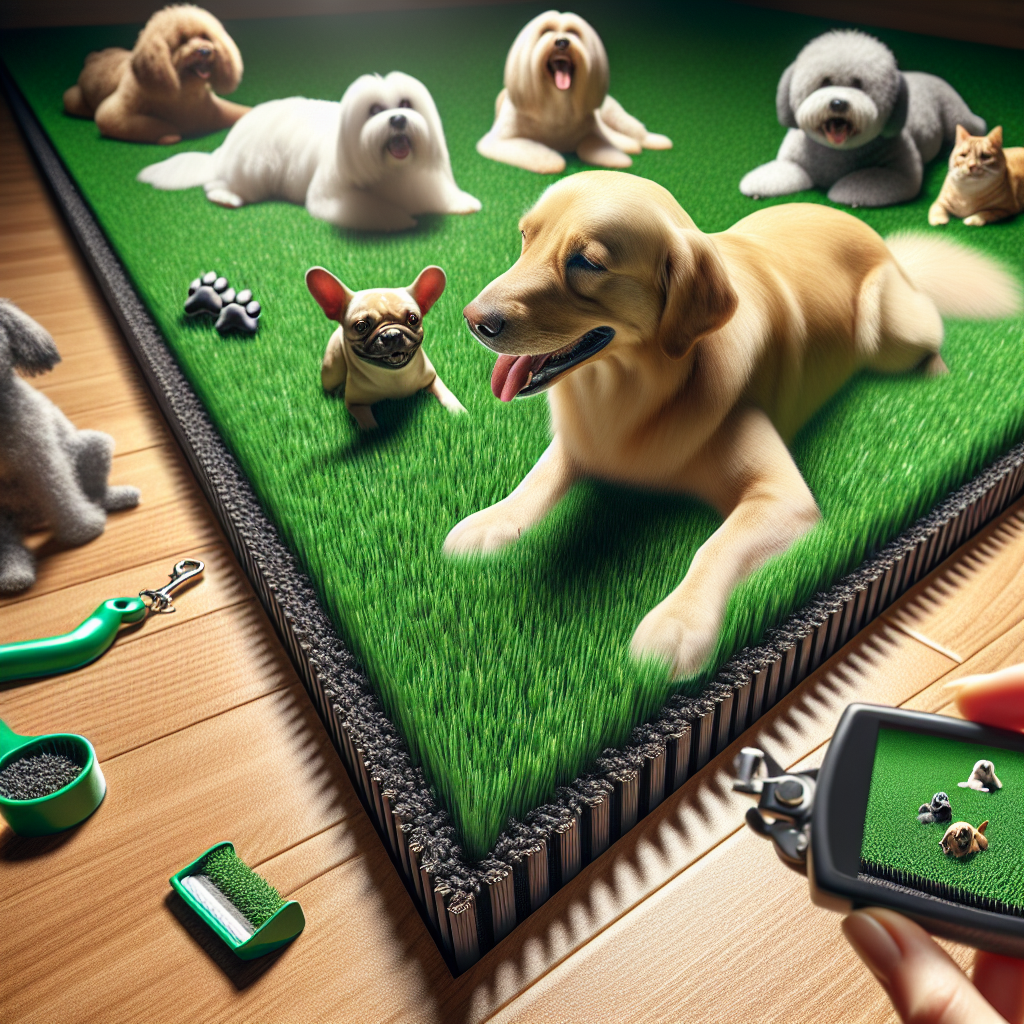How Often Should You Clean Pet Turf?
Introduction
Imagine stepping into a lush, green backyard devoid of muddy paws and unpleasant odors. This dream can become a reality with well-maintained pet turf. But how often should you clean pet turf to keep it fresh and inviting? In this article, we will unravel the mystery behind maintaining your pet turf, ensuring a pristine environment for both you and your furry companions.
Table of Contents
- The Importance of Cleaning Pet Turf
- Factors Affecting Cleaning Frequency
- Step-by-Step Guide to Cleaning Pet Turf
- Common Mistakes to Avoid
- Expert Tips for Long-Term Maintenance
- Key Takeaways
- Frequently Asked Questions (FAQ)
- Conclusion
The Importance of Cleaning Pet Turf
Picture this: Your dog frolicking happily across your artificial lawn, free from dirt and bacteria. Regular cleaning of pet turf is crucial for several reasons:
- Hygiene: Removing pet waste and debris prevents the buildup of harmful bacteria.
- Odor Control: Consistent cleaning keeps foul smells at bay.
- Aesthetic Appeal: A clean, green lawn enhances the beauty of your backyard.
- Longevity: Proper maintenance extends the life of your artificial grass.
Factors Affecting Cleaning Frequency
Just as no two snowflakes are alike, the frequency of cleaning your pet turf can vary based on several factors:
Number of Pets
The more pets you have, the more frequently you’ll need to clean your turf. It’s simple math!
Pet Size and Activity Level
Larger and more active pets tend to produce more waste and wear out the turf faster, necessitating frequent cleaning.
Weather Conditions
Rain can help wash away some debris, but extreme weather conditions may require additional cleaning efforts.
Turf Quality
High-quality turf is designed to be more durable and easier to clean, reducing the overall maintenance frequency.
Step-by-Step Guide to Cleaning Pet Turf
Maintaining a spotless pet turf doesn’t have to be a Herculean task. Follow these simple steps to keep your artificial lawn in top shape:
- Remove Solid Waste: Use a pooper scooper or plastic bag to pick up solid waste regularly. Dispose of it properly.
- Rinse the Area: Hose down the turf to remove any remaining residue. Make sure to use a garden hose with adequate pressure.
- Apply Turf Cleaner: Use an enzyme-based cleaner specifically designed for artificial grass. Spray it evenly over the affected areas.
- Brush the Turf: Use a stiff-bristled brush to work the cleaner into the fibers and help lift any trapped dirt.
- Rinse Again: Give the area one final rinse to wash away any cleaning solution and loosened debris.
- Deodorize: Sprinkle a layer of pet-friendly deodorizing granules to neutralize any lingering odors.
Common Mistakes to Avoid
When it comes to cleaning pet turf, some errors can do more harm than good. Avoid these common pitfalls:
- Using Harsh Chemicals: Always opt for pet-safe, enzyme-based cleaners instead of harsh chemicals that can damage the turf and harm your pets.
- Neglecting Regular Maintenance: Infrequent cleaning can lead to odor buildup and shorter turf lifespan. Stick to a consistent cleaning schedule.
- Ignoring Underlying Issues: Address drainage problems or damaged turf promptly to prevent further complications.
Expert Tips for Long-Term Maintenance
To keep your pet turf looking its best year-round, consider these expert tips:
- Invest in High-Quality Turf: Initially investing in premium artificial grass can save you time and money on maintenance in the long run.
- Create a Cleaning Routine: Establish a regular cleaning schedule tailored to your specific needs and stick to it diligently.
- Inspect Regularly: Periodically check for any signs of wear or damage and address them promptly.
- Aerate the Turf: Use a specialized tool to aerate the turf occasionally, ensuring proper airflow and drainage.
Key Takeaways
- The frequency of cleaning pet turf depends on various factors including the number of pets, their size and activity level, weather conditions, and turf quality.
- A step-by-step cleaning routine involves removing solid waste, rinsing the area, applying a turf cleaner, brushing the turf, rinsing again, and deodorizing.
- Avoid common mistakes like using harsh chemicals, neglecting regular maintenance, and ignoring underlying issues.
- Investing in high-quality turf, creating a consistent cleaning routine, inspecting regularly, and aerating the turf are essential for long-term maintenance.
Frequently Asked Questions (FAQ)
How often should I clean my pet turf?
The frequency depends on several factors such as the number of pets and weather conditions. Generally, it’s recommended to clean high-traffic areas weekly and perform a thorough cleaning monthly.
Can I use regular household cleaners on my pet turf?
No, it’s best to use enzyme-based cleaners specifically designed for artificial grass to avoid damaging the fibers and ensure pet safety. For more information on suitable cleaning products, refer to the guidelines by ASPCA.
How do I prevent odors on my pet turf?
Regular cleaning, along with applying pet-friendly deodorizing granules, can help keep odors at bay. Ensuring proper drainage also plays a crucial role in odor prevention.
Conclusion
Caring for your pet turf is akin to tending a delicate garden—consistent attention and care yield the best results. By understanding how often you should clean pet turf and following the outlined steps and tips, you can create a healthy, odor-free haven for your pets while enhancing the beauty of your backyard. Remember, a well-maintained pet turf is not just an investment in your home but also in the well-being of your furry friends.
For further details on artificial grass maintenance, you may find valuable insights from authoritative sources like EPA Landscaping & Grounds Management.



